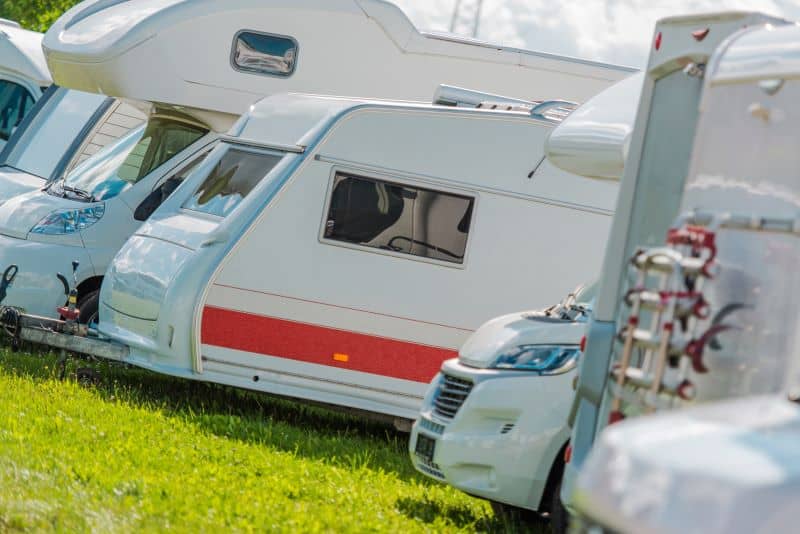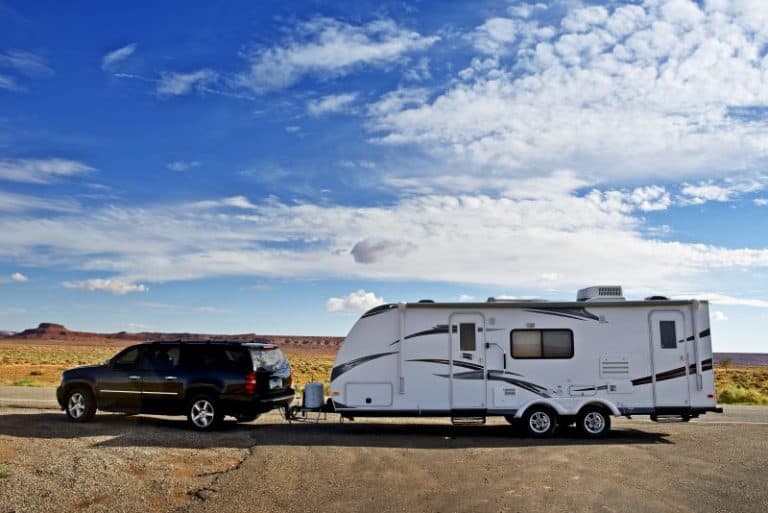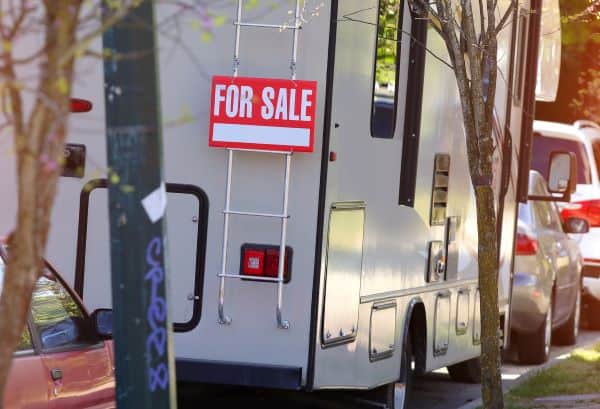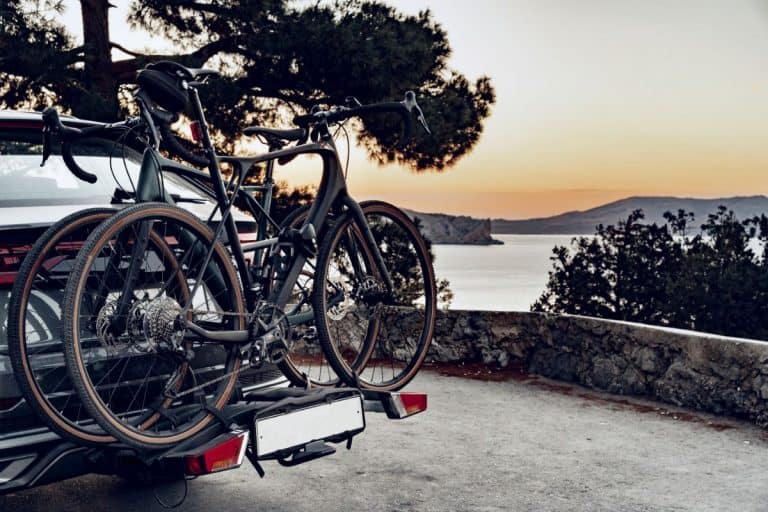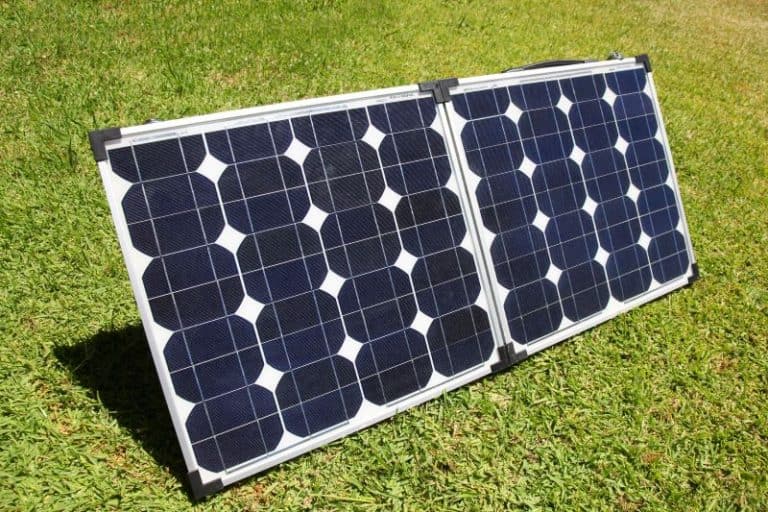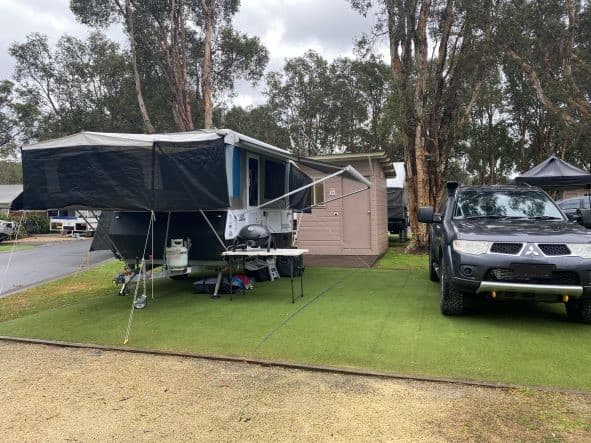How to Store Your Caravan and Camper When Not in Use
Many Australian caravan owners enjoy taking their families on a wild trip across the country during favorable weather. However, there are often periods when touring is not suitable, or you don’t have time, requiring you to find a proper place to park your caravan for a few months or so.
To store a caravan when not in use, you need space. Select an appropriate area to stash your vehicle when not in use. You also need to keep it safe, such as behind a lockable fence. Storage units are also a great choice, provided that you have money to facilitate long-term storage until the next time you need it.
Throughout this piece, we shed some insight into the following key caravan maintenance aspects when storing your van.
- How to choose an optimal storage location and what to avoid.
- Strategies for dealing with volatile caravan gases and liquids and reducing mechanical issues that arise with batteries.
- Effective ways of maintaining mildew growth in fridges, furniture, and tyre wear.
Choosing the Best Storage Location for Your Van
Your number one priority should be to secure your caravan’s storage location. Not all places would be considered ideal for long-term storage. For example, shadeless driveways do little to protect your caravan from UV damage in the harsh Australian climate or storing it on the road may mean your insurance won’t cover you.
Prolonged exposure to intense heat can also cause the paint to peel and damage fittings. Therefore, look towards concealed areas, such as your garage space or a professional storage unit, for great protection from outdoor extremities and heat.
Storing Your Caravan at Home
Home is probably the best place you can store your van. Besides unrestricted accessibility, van owners are more flexible in monitoring their vehicles’ condition. It is also the cheaper option.
However, the height and width of your van plays a vital role. Caravans with high roofs may not fit well into garages. Thus, you’ll need to figure out its dimensions to determine whether storing it in the garage would be an option.
In the same light, you may think setting up an outdoor caravan shade would be a better alternative for limited garages. However, we’d advise against keeping your touring van parked on your driveway for three reasons:
- State laws may make it difficult for you to store your vehicle outdoors for a long period.
- Your insurance may not cover theft if you keep your van in front of your house without being behind a fence or gate.
- Your caravan would be exposed to pedestrians, children, dust, and wildlife, which can lead to scratches or extensive damage.
So, if your garage isn’t spacious enough, or you don’t have a space where you can store it safely, here’s another ideal place you can consider parking your van.
Keeping Your Van in a Nearby Secure Storage Facility
Professional storage sites are excellent for keeping large caravans, such as mobile homes that cannot fit in a regular-sized garage. Such places offer long-term storage solutions and can house your vehicle all year round.
This leaves you with plenty of room around the house and a place to keep your van without exposure to weather or curious bystanders. It’s a good idea to select a facility in a central area close by. This will make checking up on your touring van much more convenient than hiring a unit in a remote region.
Use Caravan Covers
If your van is going to be stored outside and exposed to the elements, caravan covers can be of great help. It’s important to go for breathable variants as heavy fabrics tend to trap moisture under the covers, causing rust and mould.
We recommend the DikaSun Caravan Cover from Amazon, as the product’s breathable fabric and waterproof features provide ample protection from rain, mildew, dusty Australian terrain, and snow, especially if you live in Victoria, New South Wales, or the Alpine regions, albeit rarely.
Moreover, the cover’s elastic hem allows it to encompass large caravans, shielding them with a protective three-layer fabric that can last up to four years of outdoor usage. However, caravan covers work best with clean vans. So, ensure that your vehicle is washed before covering to prevent abrasions and scratches.
Tips on Storing Different Parts and Equipment in Your Caravan
Tyres
Tyres are not suitable for idle storage as the caravan’s weight can weaken threads and rubber, causing undue tire wear. Tyres don’t really like just sitting around for long periods, especially on concrete or bitumen. Try to turn the wheels every 6 to 8 weeks and ensure the pressures are still correct. Ideally the tyres shouldn’t be in sunlight to prevent degradation of the rubber.
One way of solving tyre issues is to remove them and attach winter wheels. Contrary to their primary use, winter wheels can be attached to your caravan to provide sustainable tire protection for long-term van storage in the same spot. However you will need to check with your insurer before fitting to ensure they meet the policies criteria.
They are also effective alternatives against the hot and humid Australian climate, allowing you to shield tires from extensive UV damage while you store your wheels in a safe place. Moreover, winter wheels act as a security buffer for both home or remote storage purposes. It helps deter those looking to tow or steal your van away as it is rendered immobile.
True enough, not many consider winter wheels’ possibilities, mainly because of the work involved in fixing the tires. However if you have no plans to use your caravan or camper for a long time it may be worth looking at changing them over.
Here is a video of a quick tutorial on how to fit winter wheels on your caravan without breaking a sweat:
Fridge
Moist compartments, such as fridges, are places prone to mildew and mould growth. Once grown, it can take a lot of effort to restore your fridge to its original condition. Besides making your van reek, mould exposure can significantly affect your health, causing respiratory illnesses, wheezing, and even asthma.
To prevent the hassle of returning to a fungal-infested fridge, you need to completely air it out and remove all water traces and ice chunks before storing the touring van away. Also, leave your fridge and freezer doors ajar to help prevent moisture build-up and moss growth.
Use a solid latch to prong the door open, allowing fresh air to circulate in both the refrigerator and freezer compartment. A simple DIY mould solution is to place an open box of baking soda into your RV’s fridge and let it sit there.
Baking soda comprises both sodium and potassium bicarbonate, which are known for their use as fungicides. However, ensure to replace it every three months or so to maximize the baking soda’s efficiency. You can also buy commercial moisture removers from the supermarket that work in a similar way.
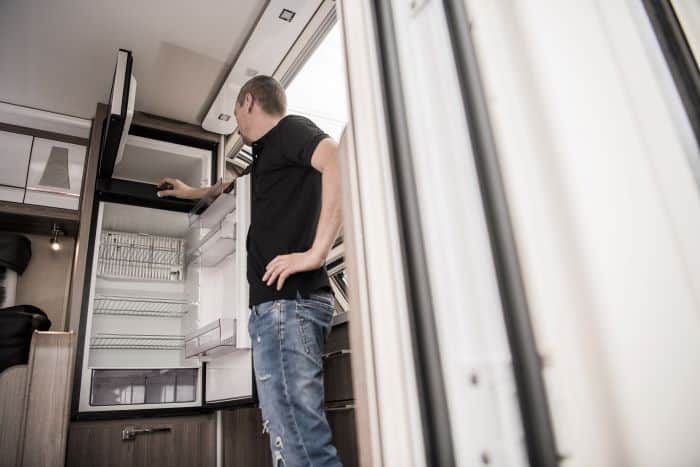
Interior
With your van heading for storage, it is important to pay special attention to its interior. Furniture, cookware, and linen are especially sensitive to moisture, heat, and dust, which is why you’ll want to eradicate all moisture and heat sources if you want to preserve your interior.
- Blinds or covers are a great way to shield your furniture, dashboard, and steering wheel from direct sunlight.
- Removing cushions and pillows from your caravan before storage helps keep them dry and ventilated while preventing mildew and stench from occurring.
- Never leave fixed beds in a closed position as this will make the touring van stuff; instead, leave it open to allow better circulation and less dust.
- Leave van lockers, shelves, and wardrobes open for better airflow and to prevent roaches from nesting.
- Ensure that windows and roof lights are firmly sealed to prevent water from getting into the vehicle, causing rot and rust.
- Use optimal cleaning products specifically designed for your vehicle as they will prevent bleaching to sensitive materials and fabrics.
- Keep your caravan clean and dusted before sending it to storage to deter pests, such as mites, roaches, and ants, from nesting in your van.
- Drop a few mothballs on your seats, rugs, and other material fibers around the interior because what they emit helps kill moths and fiber-eating pests.
- Thoroughly vacuum shelves, storage units, and the interior to prevent dust mites from breeding and chewing through carpets, cushioning, and mattresses.
Battery
A touring van’s battery demands are quite low when not in use. However, even when idle, the battery energy will gradually dissipate, rendering it dead after a prolonged time. Therefore, disconnect the battery and store it above ground away from concrete as this can ruin glass cell batteries.
Gel and AGM (absorbed glass mat) batteries should be recharged whenever they dip below 75% charge and ideally should never be left to discharge more than 50% as this will shorten their battery life. Try not to ever let your battery run completely flat – no matter what type it is as this will damage the battery.
As well as your main battery, remove all AA or AAA batteries from interior electronics, such as remotes and other devices. That’s because exposing lithium-ion batteries to high temperatures in the van will cause them to leak.
Here are some tips on how to maintain your caravan battery:
- Regularly inspect the battery’s condition and charge.
- Applying petroleum jelly on the battery terminals is a good DIY hack that prevents corrosion damage.
- Recharge your battery every month or so when in storage to help stabilize its power level.
Gas
Contain all flammable liquids and gases before sending your caravan into storage. Valves on gas cylinders need to be closed shut, disconnect regulators, and cover the cylinder and pipes with caps.
If you caravan or camper is stored in a small, uninsulated area, we advise disconnecting and placing your gas cylinders away from your van or enclosed spaces. Instead, leave it to breathe in an open but shaded area away from sunlight. This will avert any chances of it combusting when locked in a heated storage facility or garage.
Toilets and Water Systems
You should essentially flush and drain the caravan’s water system to prevent mildew and water-borne pests, like mosquitoes.
- Run all taps and open the showerhead, ensuring it is fully drained and not dripping.
- Open drain valves and plugs to allow water to drain without becoming stagnant.
- Empty the waste tank thoroughly and clean it to discourage bacteria build-up and flies.
- If you have an on-board water pump, run it at least once to remove any water trapped in the pipes, which could oxidize and cause rust.
Cover any open exterior pipes to prevent insects and other animals getting in or building nests. You can use plugs or rubber caps as the best option, or get some material and a rubber band to hold it on.
Preparing your caravan for hibernation can be tasking. By following this guide to the letter, we help you learn simple and effective methods of keeping touring vans when not in use.
Before locking it up, take one last check and ensure it’s in pristine condition and drained fully. That way, when you’re ready to collect your van, you’ll be well prepared for the adventure that’s brewing without any last-minute setbacks and mechanical difficulties.

